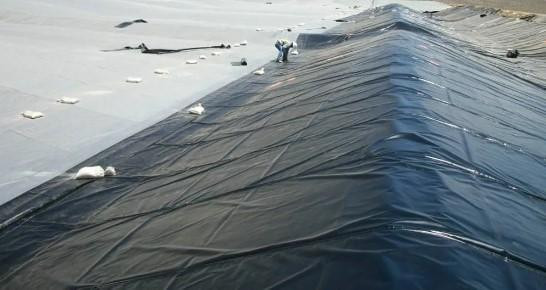Preventing Environmental Contamination: A Guide to Geomembrane Liners in Mining
Mining operations, while essential for resource extraction, have the potential to impact the environment negatively. Environmental contamination, particularly through the release of harmful chemicals and leachates, poses a significant threat. Geomembrane Liners for Mining have emerged as crucial components in mining strategies to prevent such contamination. In this guide, we explore the role of geomembrane liners in safeguarding the environment, their applications in mining, and the benefits they bring to sustainable mining practices.
The Environmental Challenge in Mining
Mining activities can introduce various pollutants into the surrounding environment. Substances like heavy metals, acids, and other toxic materials can contaminate soil and water, posing serious risks to ecosystems and human health. Preventing these contaminants from leaching into the environment is a critical aspect of responsible mining.
Understanding Geomembrane Liners:
Geomembrane liners are synthetic barriers designed to control the movement of fluids and gases. Made from materials like high-density polyethylene (HDPE), polyvinyl chloride (PVC), or ethylene propylene diene monomer (EPDM), these liners create impermeable barriers that protect the environment from the potentially harmful effects of mining activities.
Applications in Mining
-
Tailings Management: Geomembrane liners play a pivotal role in tailings management, forming a barrier between tailings ponds and the surrounding environment. By preventing leachates from infiltrating the soil and nearby water sources, geomembrane liners contribute to the containment and safe disposal of mining waste.
-
Heap Leach Pads: In heap leaching, a common method for extracting minerals, geomembrane Liner for Mining employed to prevent the leaching of hazardous substances into the ground. These liners act as a secure barrier, ensuring that the leachate is collected and treated before any potential release into the environment.
-
Waste Storage Facilities: Mining generates vast amounts of waste, often stored in containment facilities. Geomembrane liners line these storage areas, preventing the migration of contaminants into the surrounding soil and groundwater. This containment strategy is vital for minimizing the environmental impact of mining waste.
Benefits of Geomembrane Liners
-
Environmental Protection: The primary benefit of using geomembrane liners in mining is the effective protection of the environment. These liners create impermeable barriers that prevent pollutants and contaminants from reaching natural ecosystems, ensuring the long-term health of surrounding flora and fauna.
-
Water Resource Conservation: Geomembrane liners help conserve water resources by preventing the contamination of groundwater and surface water. By creating a secure barrier, these liners safeguard water quality, supporting the sustainability of local water sources.
-
Compliance with Regulations: Mining operations must adhere to stringent environmental regulations. Geomembrane liners assist mining companies in meeting these standards by providing a reliable and effective means of preventing contamination, thereby avoiding legal and regulatory complications.
-
Long-Term Stability: Geomembrane liners are designed for durability and longevity. With proper installation and maintenance, these liners provide a lasting solution, ensuring ongoing protection against environmental contamination throughout the life of a mining operation.
Best Practices for Geomembrane Liner Installation
-
Professional Installation: Engage experienced professionals for the design and installation of geomembrane liners. Proper installation is crucial for the effectiveness of the liner in preventing contamination.
-
Regular Inspections: Implement a routine inspection and maintenance schedule to identify any signs of wear, damage, or potential issues with the geomembrane liner. Timely repairs or replacements can prevent environmental risks.
-
Quality Materials: Select high-quality geomembrane materials that are appropriate for the specific conditions of the mining site. Consult with experts to determine the most suitable type and thickness of geomembrane liner for the application.
-
Monitoring and Reporting: Establish a monitoring system to track the performance of geomembrane liners over time. Regular reporting on environmental conditions and the integrity of the liners helps mining companies stay proactive in preventing contamination.
You Can Also Check
Conclusion
In the pursuit of sustainable mining practices, preventing environmental contamination is paramount. Geomembranes for Mining serve as indispensable tools in achieving this goal, offering effective barriers against the migration of pollutants. By adopting best practices in installation, maintenance, and monitoring, mining companies can not only meet regulatory requirements but also contribute to the preservation of ecosystems and the well-being of local communities. As the mining industry continues to evolve, the responsible use of geomembrane liners will play a pivotal role in shaping a more environmentally conscious and sustainable future.


Comments
Post a Comment